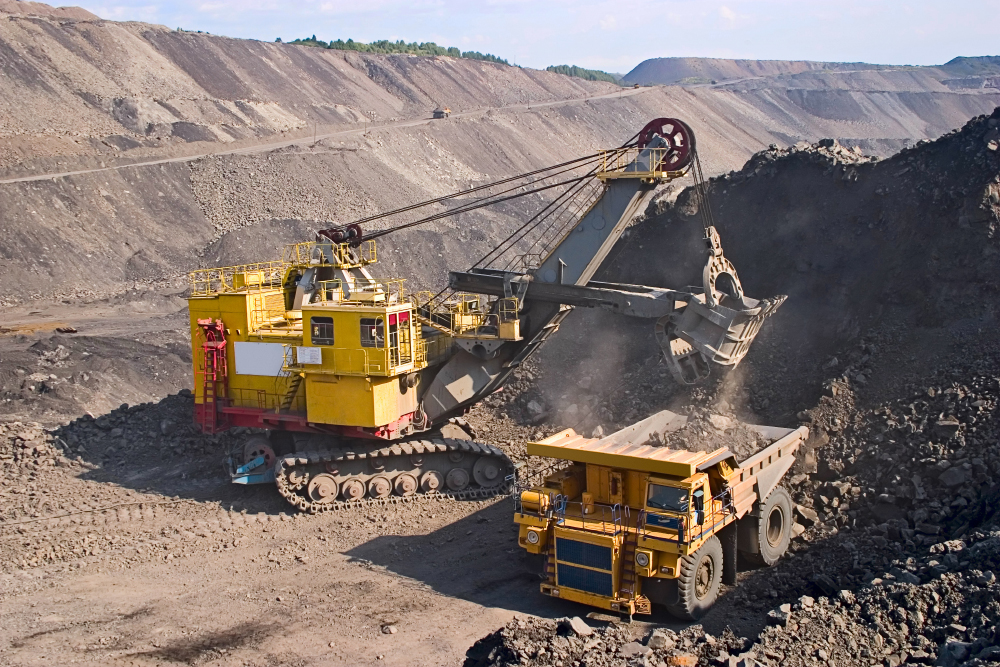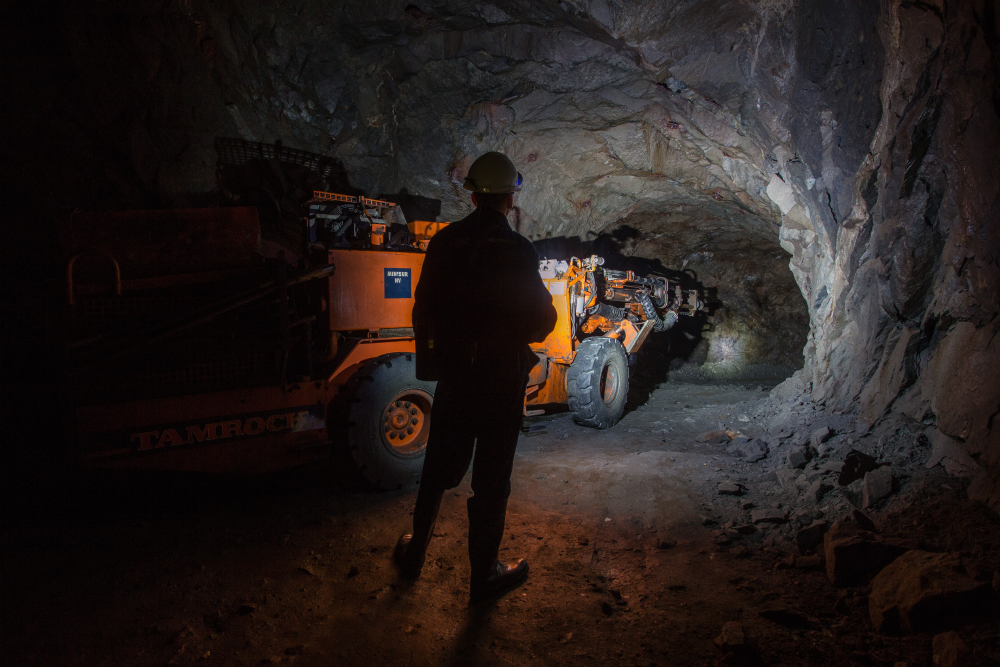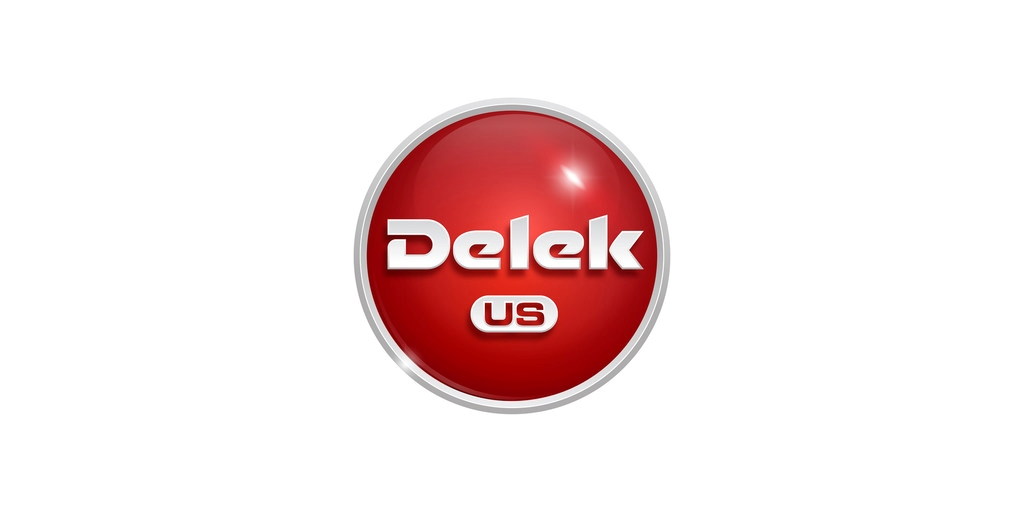As we approach 2023, the metal mining industry teeters on a precipice of unprecedented change and challenge. Such challenges range from economic instability, environmental regulations, and labor shortages to disruptive technological advancements and heightened market competition. These dynamic factors pose incredible business risks that require strategic management for success in the coming years.
While it can be difficult to predict future metal prices due to a lack of clarity and an unstable macroeconomic outlook, we do know what risks metal miners will face in 2023 and possibly 2024.
Metal prices are always fluctuating. Fortunately, you can harness data to forge a path to success in metal sourcing using MetalMiner Insights’ powerful long-term and short-term forecasting. Ready to learn more?
Geopolitics and Global Conflict
Geopolitics and global conflicts play a vital role in shaping the future of any industry, including metal mining. Currently, many global conflicts continue to impact international relations and the availability of raw materials, as well as metal prices and transportation. Prolonged conflicts or volatile regions can disrupt supplies, leading to higher prices or even scarcity. Political instability within a certain region may likewise affect labor force stability. Hence, understanding and planning for the geopolitical landscape is crucial for business growth.

Costs and Productivity
Balancing costs and productivity is a tough act in the metal mining industry. Indeed, mining operations involve steep expenses, from labor to energy usage. These need to be offset by efficient mineral extraction and processing. However, there’s an opportunity for cost savings in iron recycling. In the distinction between heavy and light iron recycling, the former might entail higher output yet potentially higher costs due to the heavier equipment and materials involved. On the other hand, light iron recycling may require less cost outlay while still improving productivity.
Subscribe to MetalMiner’s free weekly newsletter. Reduce your COGS by getting weekly updates on metal markets, price trends and commodity news.
Ongoing Supply Chain Issues
As with other industries, a smoothly functioning supply chain is critical in mining. However, it’s often fraught with challenges like fluctuating demand, materials shortages, or roadblocks in transportation networks. As a result, disruptions can easily multiply costs and delay deliveries.

Additionally, limited availability of raw materials or unforeseen breakdowns in delivery routes may create logistical nightmares and revenue losses. Therefore, it becomes essential that businesses create robust supply chain strategies capable of accommodating market shifts and uncertainties.
License to Operate (LTO)
Obtaining a License to Operate (LTO) is one of the foremost challenges mining companies encounter. In some jurisdictions, local opposition, bureaucratic hurdles, and rigorous environmental impact assessments make this process complex and time-consuming.
Therefore, earning an LTO requires more than just legal compliance. It demands strong relationships with local communities, transparent communication, and proof of sustainable practices.
Shifting Capital Allocation
Precise financial planning is paramount, with funds requiring careful distribution between exploration, development, production, and other areas like technology upgradation or workforce training. Of course, these not only vary across time but also depend on market dynamics.
Striking a balance can become tricky. Misallocation may lead to wasted resources and missed opportunities. Thus, it’s key for businesses to optimize capital expenditure in line with changing scenarios and priorities while keeping a close eye on current and future profitability.
Are you under pressure to generate cost savings? Make sure you are following these 5 best practices!

Talent Shortages
Talent shortages pose a major challenge for the mining industry. Indeed, technological advances and shifting markets necessitate a workforce equipped with new skill sets, from automation and digital technologies to environmental management. However, these specialist roles can be difficult to fill given the high demand across industries and fewer trained professionals available.
Staff shortages lead to slower growth, closures, higher employee turnover, and increased reliance on automation. This means metal buyers will face declining customer service and reduced access to the goods they need. This will ultimately make it harder to purchase metal.
Furthermore, retaining experienced personnel amid fierce competition can also be tough, overseas or otherwise. As such, businesses must prioritize strategic workforce planning, investment in training programs, and building attractive work environments to bridge this talent gap.
New Business Models
The advent of digital technologies and changing dynamics in the global economy continue to drive companies to reevaluate their existing business models. For example, trends such as digitization, automation, and ‘Industry 4.0’ are revolutionizing traditional mining operations.

While they necessitate a shift towards more technologically nuanced models, such changes can enhance operational efficiency and assist with ESG compliance and risk mitigation.
Failing to adapt to these emerging business models could make companies obsolete or uncompetitive. Thus, embracing change and innovation is paramount for sustained success.
Want monthly price trends for 10 different metal industries? Sign up for MetalMiner’s free monthly MMI report.
Digital Innovation
Digital innovation is transforming mining. Developments like automation, predictive analytics, artificial intelligence, and machine learning allow for increased efficiency while reducing costs.
For instance, by adopting these technologies, companies can minimize safety risks, increase accident response times, or even predict equipment maintenance needs.

And while digital innovation can lead to lower metal prices for the consumer, that’s rarely the case. However, that could be the case if certain metal miners reduce their prices to compete with larger entities. Indeed, doing so may cause these entities to decrease their prices to stay competitive.
Despite these potential benefits, digital transformation brings its own challenges, such as cybersecurity threats and workforce adaptation. Effectively navigating this digital shift will be key for mining businesses seeking to stay competitive and future-proof in an advanced landscape.
Risk Management: A Top Priority in Protecting Future Metal Prices
Through this exploration of the formidable challenges potentially impacting the metal mining industry and metal prices in 2023, it’s clear that risk management must be a top priority. However, it is important to remember that within each challenge lies an opportunity for growth and innovation.
By confronting these issues head-on and leveraging new technologies and practices, businesses can turn potential threats into platforms for success, now and in the future.
AI vastly improves your organization’s chance of making stainless steel purchases which generate the most cost downs. Read why.
Author: Sari Cada. Read more about the author.



